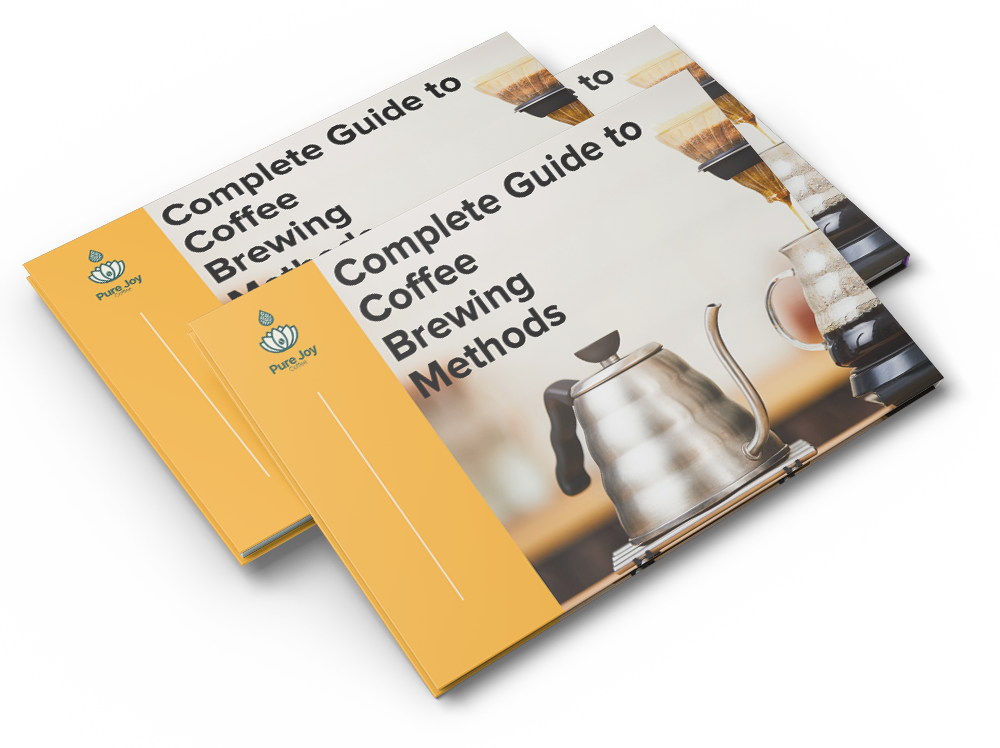The Chemex coffeemaker is a type of pour-over system which comprises of an hourglass shaped vessel and a specially designed filter.
Although this coffee maker looks a lot like many of the competing options, the thick filter is what makes this brewing method truly unique. The Chemex filters are much more densely woven than traditional coffee filters. They help to regulate the flow of coffee while removing much of the body and coffee oils. The filter slows down the flow of water passed through it, resulting in a better developed flavor.
You will need
How to brew coffee with a Chemex – 6 cups
- Fold your Chemex filter in half once, so it looks like a half moon. Fold that half moon in half again. Your filter should look now like a triangle with curve bottom base made up of layers.
- Look at the layered side of your triangle and separate the 3rd and 4th layer with your fingers and open them up. You should now have a cone filter in front of you with one side made of a single layer of paper and the other side having 3 layers.
- Place the filter into the top of the Chemex with 3-layer side along the spout of the Chemex.
- Heat up water until it is almost boiling. (Recommended temperature = 195–205 °F).
- Once you have placed the filter in the Chemex, pour hot water over it for 30 seconds before adding the coffee. This will avoid a paper taste in your coffee as well as seal the filter to the Chemex. Discard the water.
- Add ground coffee to the Chemex filter, according to the number of cups you want to make. *Tip: Using a scale will ensure consistency and best results. The “golden ratio” is 55 g of coffee per liter of water.
- Start your timer. Fully wet the grounds evenly and let stand for 30 seconds so the coffee can “bloom.” Add more water by pouring in a circular motion until the water reaches just below the top of the Chemex.
- When your water has drained through, discard the filter, serve & enjoy!






